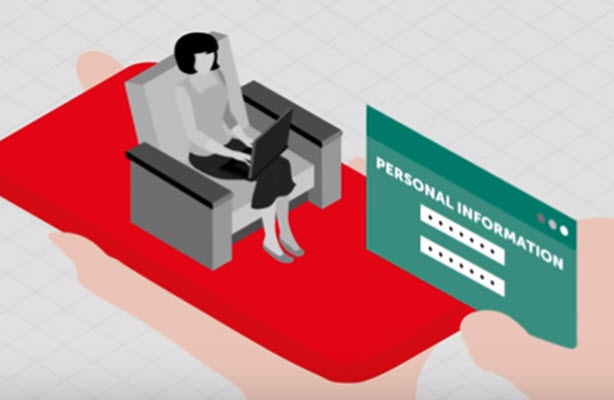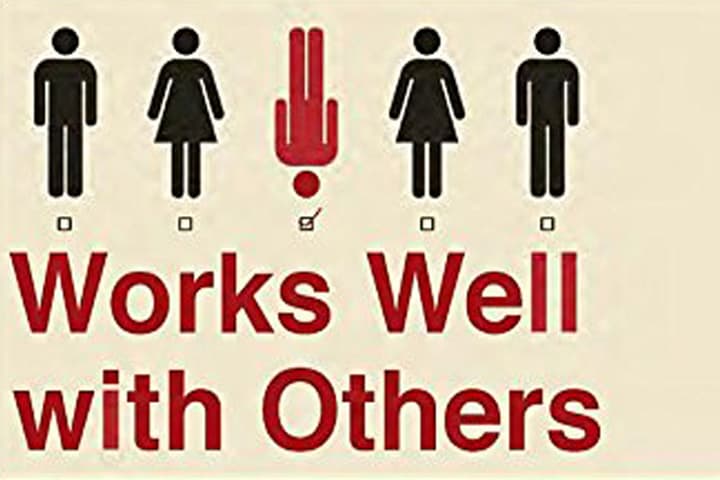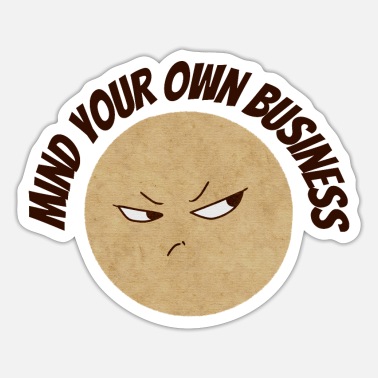You probably think you know the score when it comes to online shopping, but you have to remember that scammers are usually one step ahead. They come up with something new every time their latest schemes get blown wide open. You have to be vigilant whenever you’re checking out a tempting offer or clicking an intriguing pop-up.
Here are solid rules of thumb on how to avoid online shopping scams.
Do Your Research
You are (generally) OK when you buy from established online retailers and from websites of well-known brands, but you might be tempted to stretch your dollar by buying from an unknown site offering similar products at much lower prices.
Before committing to anything, check out the website online, looking particularly for user reviews as well as badges from consumer protection agencies. Doing so allows you to check whether there have been any negative reports about the company or on the merchandise on offer.
Be on the alert for any reference to shoddy products, unauthorized charges on the credit card, poor after-sales services, and lengthy delivery times. Negative reviews may be just the belly aching of whiny customers with unrealistic expectations, but why take the chance? When in doubt, don’t buy. How badly do you want that pair of boots anyway?
Looking from a seller’s perspective, this is the exact same reason we want to maintain customer service of the highest caliber, and do everything possible to peaceably settle a customer complaint.
Buy Only From Secured Sites
When you do your online shopping, you’ll have to provide financial information; most likely this will come in the form of your credit card details. No matter how secure a site may be, it’s important to realize that putting credit card information on the internet is inherently risky. Therefore, it’s important to minimize that risk.
First off, make sure that the website you are shopping on has all the signs of being legitimate. The easiest is to check if the URL begins with an “https” because that means the website is a secured one. The “s” indicates an additional layer of security known as an SSL or Secured Socket Layer. If your e-commerce site doesn’t already have SSL implemented, you’re missing out on loads of cautious buyers. Find out how to implement SSL here.
Another way to determine the level of security on a website is to search the domain name on a domain search website to check the create date. Older websites tend to be more reliable than newly-formed ones, which can easily be fake online shopping sites that usually disappear after a short while.

You should also look for well-known security labels such as VeriSign and McAfee. For websites based in China, check for an ICP license number, usually located at the bottom of the main webpage. The website should have complete contact information, terms of use, and privacy policies.
Payment options should include third-party payment services such as Visa, MasterCard, and PayPal. Beware of websites that only accept money orders or wire transfers; it’s a sure sign that you will not get what you pay for and that you will never get a refund even if you lodge a dispute to high heaven.
Maximize Credit Card Protection Services
Even if you determine that the website is reliable, it does not mean your personal information is safe. One of the most insidious online shopping scams is when hackers get hold of your credit card information from secured sites. If your credit card company offers a unique credit card number that you can use for specific sites, you’d be wise to use it.
If somebody gets hold of your credit card information, they can’t use it anywhere. Check your credit card statements for any unusual or unauthorized charges and promptly report suspect findings to your credit card company. Many have insurance against consumer fraud, so you won’t be liable for fraudulent charges. If your credit card issuer doesn’t have that kind of protection, find one that does for online purchases.
Beware of Out-of-This-World Offers
If an offer sounds too good to be true, it probably is. When a health supplement or weight loss product is making grandiose claims, or prescription drugs are being sold at ridiculously low prices, in all probability you are buying into a fake or expired product — one which will not only not work, but could endanger your health.
Another recycled scam that never quite stops making the rounds is the get-rich-quick angle. This one usually involves investment opportunities. A good example is micro-cap stocks, where the pitch is low investment and huge returns. Micro-cap stocks are also known as over-the-counter (OTC) stocks. They are low-priced shares in publicly traded companies with relatively low capitalization.
Unlike regular stocks traded in established stock markets, companies trading in micro-cap stocks do not have to register with the Securities and Exchange Commission. There are legitimate micro-cap stocks, but it can be difficult for the inexperienced to distinguish between those and scams. If you are a newbie in buying stocks, steer clear of these offers.
Keep Your Personal Information Personal

No legitimate online shopping website will require information such as your mother’s maiden name or your Social Security number. Credit card companies also don’t ask for your password over the Internet or the phone. Unless you want to be the lead character in a “based on a true story” movie about identity theft, steer clear.
Read the Fine Print
Always read the fine print in any transaction. Many people develop a blind spot for text that appears to be legalese or in a font size smaller than 12 points, but you need to read the terms and conditions because they contain important information that can impact on your rights as a consumer.
A good example would be the case of JustFab, an online shoe store that offers low-priced items if you sign up for their VIP membership at checkout. The fine print clearly explains that if you don’t skip or cancel the membership, the site will charge a monthly fee on your credit card. Unless you plan to buy regularly from the site, just skip the membership and pay the higher price for your peace of mind.
Buyers Can Be Scammers, Too
You should also be aware that sellers aren’t the least bit immune to online shopping scams. In auction sites such as eBay, you may encounter a buyer who pays for an item with a credit card or through Paypal and then requests a chargeback when the item has been delivered. Such buyers will usually claim your item is damaged, not as described, or that it never arrived.
As a seller, always provide a complete description of the item, down to the last scratch and dent, and provide clear photographs. Use a shipper that will provide a tracking number and proof of delivery, and deliver only to the verified address. Never ship to an unconfirmed address or P.O. box as these are not covered under seller protection.
There you have it: solid ways to avoid being cheated out of your hard-earned money when transacting online. Follow these rules and you will enjoy your online shopping experience.
Have you ever been the victim of an online shopping scam? Share your experience in the comments, so no one else has to suffer the same fate.
If you have any questions or suggestions, please comment below and I’ll do my best to respond.
I’m telling you about this because I believe in giving information regarding PPC advertising
forward,
I don’t know how much longer people accepting new technology, so you had better check it out now if you can.
Just click the link below to get started:
Discover more from Personal Blog of Richard Tong
Subscribe to get the latest posts sent to your email.




